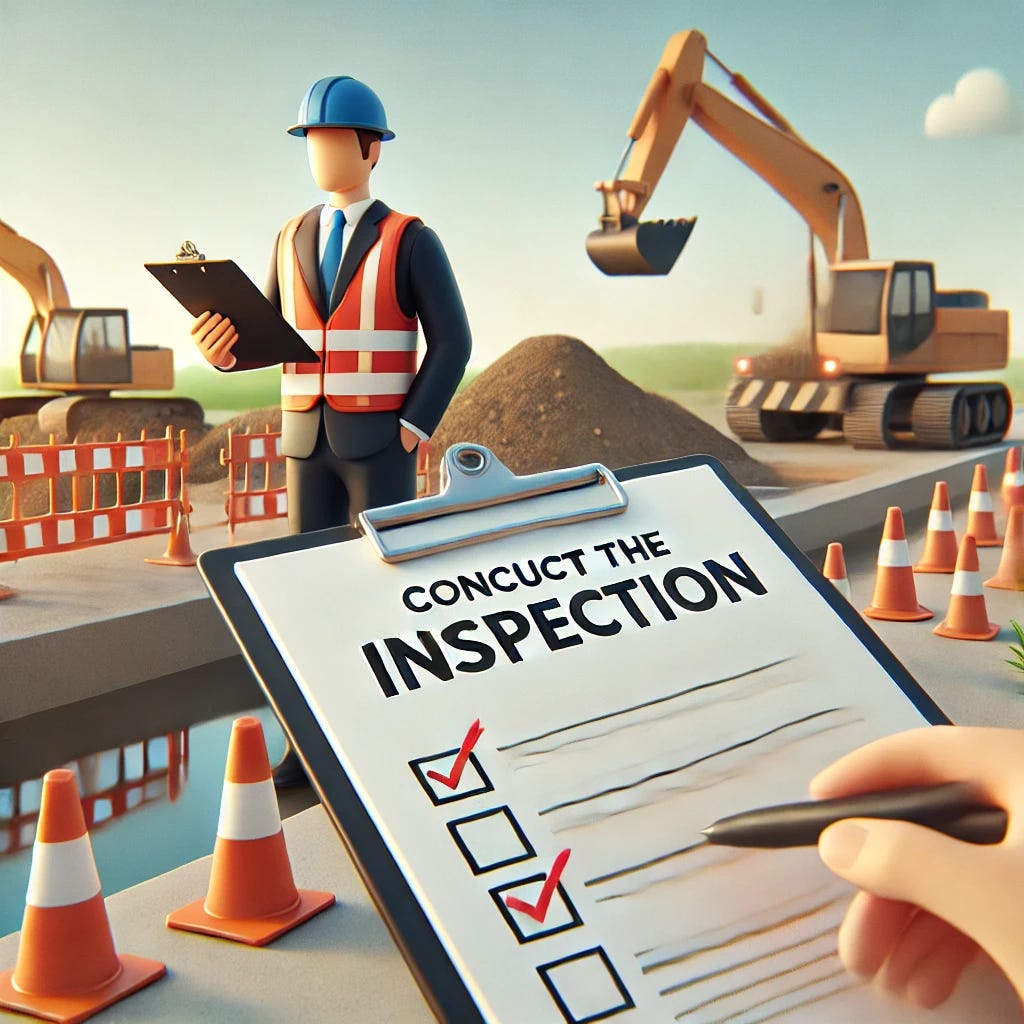The 24-Hour Post-Rainfall Inspection Rule: Why It Matters & How to Nail It
Construction crews hate bad weather. Rain delays work, turns sites into mud pits, and—oh yeah—it triggers a mandatory stormwater inspection within 24 hours.
If you’re rolling your eyes, I get it. But before you ignore that rule and hope no one notices, let’s talk about why it exists, what regulators look for, and how to make sure you’re compliant without the stress.
Why Is the 24-Hour Rule a Big Deal?
Simple: Heavy rain = high pollution risk. Water running off your site picks up sediment, chemicals, and pollutants and sends them straight into local waterways. Regulators don’t love that.
If your site discharges muddy, sediment-laden water into streams, you’re looking at violations that could shut down your project and drain your budget.
How to Handle Post-Rainfall Inspections Like a Pro
Step 1: Track the Rainfall
If 0.5 inches or more of rain falls in 24 hours, you’re required to inspect your site before the next workday.
✅ Use a rain gauge or a weather app to track precipitation levels.
Step 2: Conduct the Inspection
What are regulators looking for? You should be checking the same things:
Are erosion controls (silt fences, sediment basins) still intact?
Is there muddy runoff leaving the site?
Are inlets, drains, and BMPs clogged?
✅ Fix issues immediately to stay compliant.
Step 3: Document Everything
Regulators love paper trails. Your inspection report should include:
Date & time of inspection
Rainfall amount
What was checked
Any corrective actions taken
✅ Pro Tip: Keep records for at least five years (I do this for my clients—above industry standards).
🚧 Need Help Staying Compliant? 🚧
Stormwater compliance doesn’t have to be a headache. At Cold Storage Stormwater Compliance Services, we handle post-rainfall inspections, site audits, and compliance reports—so you can focus on getting the job done.
📩 Have a project or just need expert guidance? Let’s talk. → www.csscs.pro



